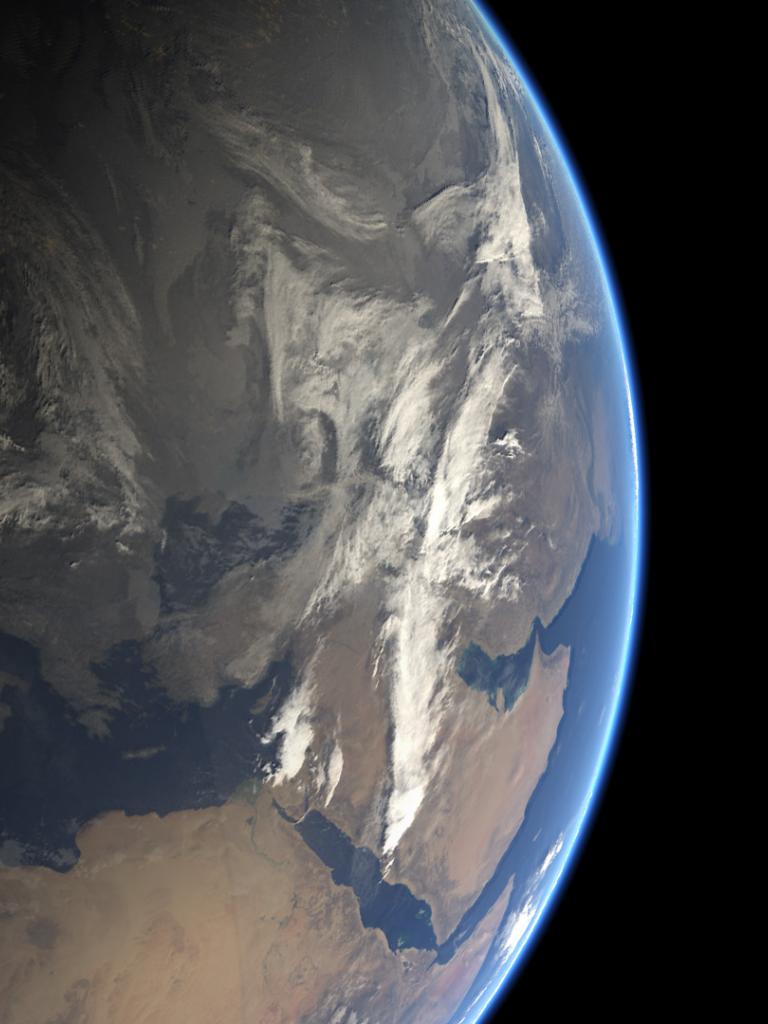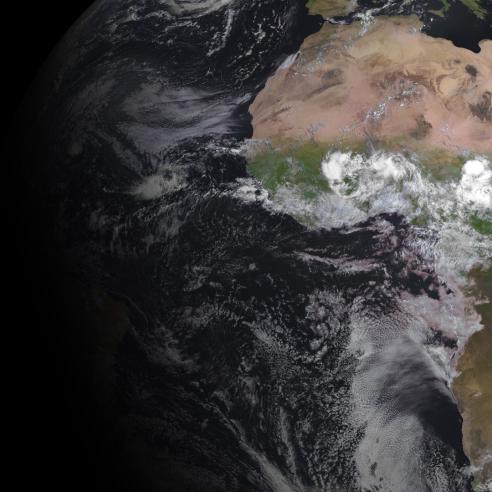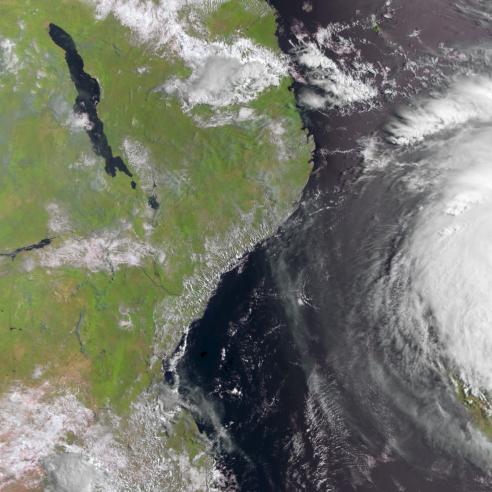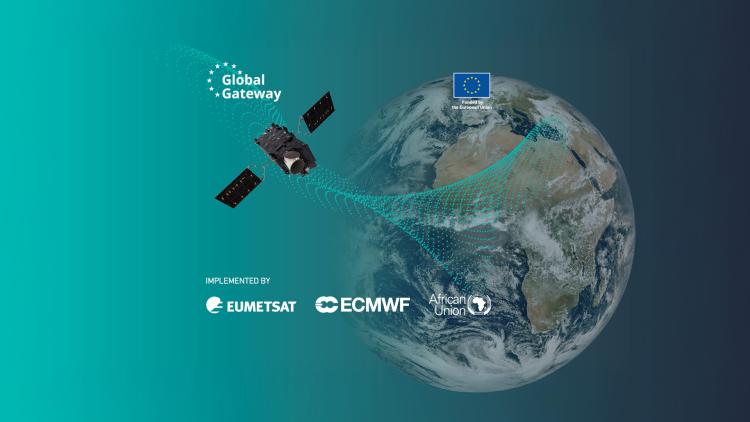12 March 2025
24 April 2023
EUMETSAT supports users of our data in these regions, mainly national meteorological and hydrological services (NMHS), to access our data and products and provides regular information on our activities and future plans. This is part of EUMETSAT’s strategy to ease access to and use of our data.
EUMETSAT also supports the WMO’s Regional Association VI regional priorities, which call for improved capitalisation of regional assets (including the EMI, EUMETSAT and EUMETNET ) by encouraging broader use of outputs.
EUMETSAT holds regular information days with representatives from the Western Balkans, Eastern European and Caucasus regions’ NMHS, to exchange information and gather feedback from users of our data and products.
In partnership with some of our member states and in cooperation with the WMO, EUMETSAT also implemented the Data Access for Western Balkans, Eastern European and Caucasian Countries (DAWBEE) project, to support operational access to our data and products in those countries. A DAWBEE-Meteosat Third Generation project began in 2023 to support the countries to transition from the Meteosat Second Generation.
A similar initiative took place with five countries in Central Asia.
DAWBEE
The DAWBEE project aims to ensure that national meteorological and hydrological services (NMHS) in the Balkans and Black Sea areas, which are not EUMETSAT member states, have operational access to data distributed through EUMETCast.
Through this project, EUMETCast stations, known as DAWBEE stations, were installed at the premises of the 12 NMHS in the WMO’s Regional Association VI. Activities such as defining user requirements, designing the stations, installation and local training, were supported by experts from neighbouring EUMETSAT member states which have established cooperation with these NMHS. Specific training activities also took place as part of the project.
All DAWBEE stations were installed in 2011. In 2019, EUMETSAT supported a major upgrade of the DAWBEE stations. This ensured the region’s NMHS could fully benefit from the move of Meteosat Second Generation satellites to take over as EUMETSAT’s contribution to Indian Ocean data coverage, and from the Meteosat Rapid Scan Service.
A new phase of DAWBEE started in 2023, focusing on access to Meteosat Third Generation data in these countries.
SADCA
The SADCA project is a joint initiative between the Turkish State Meteorological Service (TSMS) and EUMETSAT to promote access to meteorological satellite data by national meteorological and hydrological services (NMHS) in Turkmenistan, Uzbekistan, Tajikistan, Kazakhstan, and Kyrgyzstan.
SADCA supports the World Meteorological Organization’s strategic plan for its Regional Association-II.
In 2014, five EUMETCast stations (known as SADCA stations) were installed in those countries, while forecasters from each national service were trained by EUMETSAT and the TSMS.
The SADCA stations were upgraded in 2016 to allow the reception and visualisation of Meteosat-8 data over the Indian Ocean.










